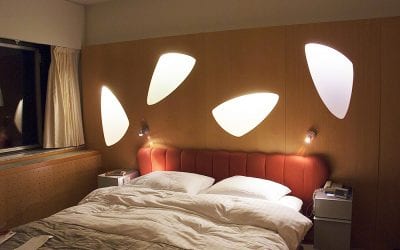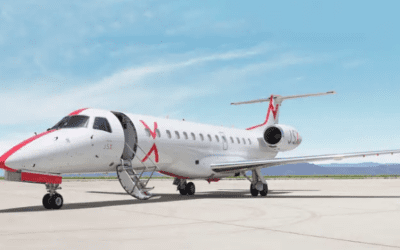Seven times able-bodied passengers might not want an exit-row seat

As a travel agent, I’ve had several families with young children or even babies request exit-row seating to give them extra space. More than once travelers have asked for such seats to accommodate, for example, a cast after surgery.
But leaving aside that passengers DO need to be able-bodied, they also need to be 15 years and older to sit in the exit row seat. However, there are other times when, even if there’s no extra charge, a passenger might want to sit in a different row.
7 reasons some passengers don’t want an exit-row seat
- If the plane is mostly empty. This doesn’t happen that often, but some flights do still take off with many open seats. If there’s a whole row open, then such a row can be more comfortable even than first class.
- You want width more than space between seats. Several seats are open in the regular or extra legroom sections and you care more about seat width than space between seats. One drawback of exit-row seats is that the armrests are fixed, so you can’t lift them for extra space, even if the row isn’t complete.
- If you have a tight connection. In a few cases, especially a 757-300 airplanes, there are two exits, and exit-row seats can be located as far back as row 33 (on United) and 41 (on Delta). But even on smaller planes, the exit rows are located toward the middle of the aircraft. And from experience, I can tell you that the 5-10 extra minutes it takes for everyone in front of you to deplane will feel much longer. It also can be the difference between barely making the connection and needing to rebook for the next flight.
- You are hungry. If you plan to buy food on board — whether by choice or lack of time — remember we live in the age of few, if any, free onboard lunches. Of course, no airline can make sure they stock enough food, especially hot food, for all passengers to purchase. But again, from recent experience, and complaints from clients, I know that many food choices can run out in the first third of the plane. Especially on a cross-country flight, if your meal choice isn’t available, it’s not like there are options for pit stops.
- If the only exit-row seats left don’t recline. On many planes, there are two exit rows, one after the other. In those cases, the more forward of the two won’t recline. Theoretically, this is to keep from blocking passengers in the second row from getting to the door. In this case, it’s a trade-off: extra legroom vs. recline, and I know many people who still prefer the exit row in this case. But it’s worth considering.
- If you’re traveling with a pet. Pets are not allowed in exit rows. Period.
- If you want a window seat, mostly for the views. Yes, passengers can see out of the window at the exit row. But the wing is generally in the way of the best views. A preferred seat in front of the exit might not have much space, but it can have less obstruction.
Exit-row seats aren’t for everyone.

Photo ©Charles Leocha
You may also enjoy these stories on the Travelers United Blog:
Protect children on planes — it’s the law>
What is the reason that half my flights arrive late?
Janice Hough is a California-based travel agent a travel blogger and a part-time comedy writer. A frequent flier herself, she’s been doing battle with airlines, hotels, and other travel companies for over three decades. Besides writing for Travelers United, Janice has a humor blog at Leftcoastsportsbabe.com (Warning, the political and sports humor therein does not represent the views of anyone but herself.)



